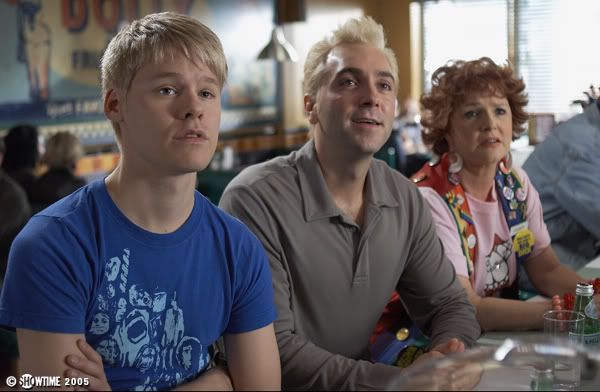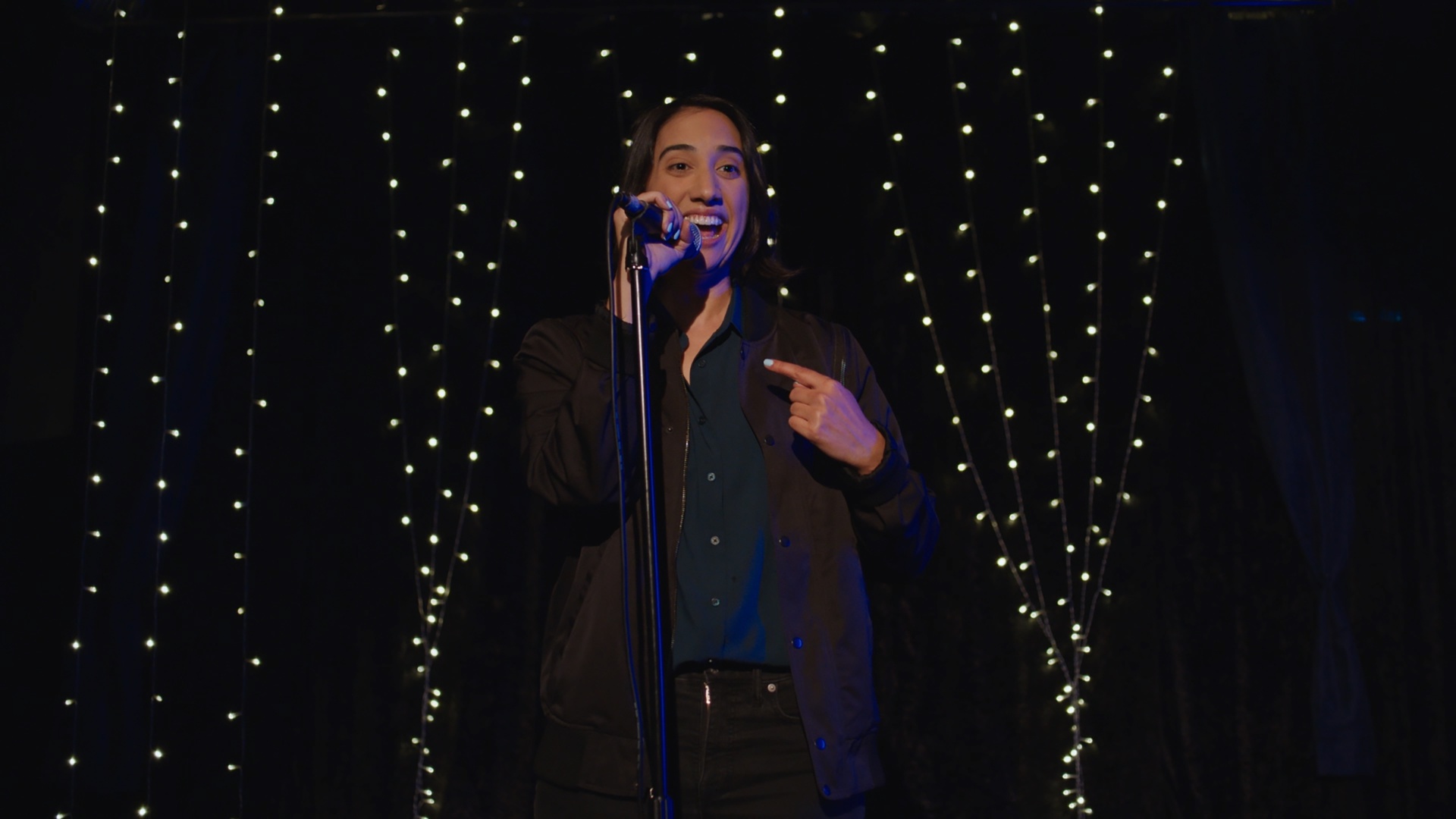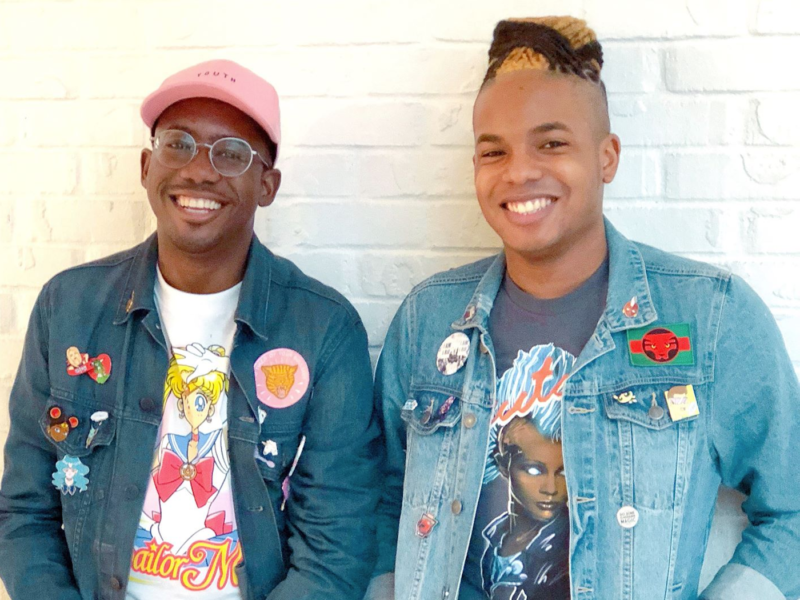
by Alexa Goodrich-Houska (she/they) | Apr 13, 2023 | Blog
Busy Geek Breakdown: Lifelong Trekkie or never seen a single episode? Check out the following: Season 3; Episode 16. Season 4; Episodes 4, 23. Season 5, Episodes 6, 14, 17. Also, if you just want to see the Riker Maneuver click here. If you’re a seasoned...

by Alexa Goodrich-Houska (she/they) | Mar 28, 2023 | Blog
Busy Geek Breakdown: Lifelong Trekkie or have never seen an episode? Check out: Season 1; Episode 5. Season 2; Episode 4. Season 3, Episodes 2, 10, 19, 21. Pay special attention to the balance creators and actors held between pushing cultural issues and the FCC...

by Justin Lockwood | Sep 4, 2019 | Blog
My geeky, Pokemon Go loving friend Mick came out not too long ago, and I got the idea to make him a list of my personal “gay canon” of films and TV (with a few books thrown in for good measure). I sent him this list on the occasion of this past weekend’s Pride...

by Justin Lockwood | May 15, 2019 | Blog
Julia Lindon in Lady Liberty This year’s Tribeca Film Festival Pilot Season features five different television pilots, and with one exception, they’re all terrific. The first is particularly exciting for LGBT audiences: Lady Liberty, starring Julia Lindon as...

by Joe Corallo | Jul 9, 2018 | Blog
https://soundcloud.com/mutant_magicalboy_podcast/mutant_magicalboy_episode_9 Welcome to episode 9 of Mutant & Magical Boy: The AfroQueer Guide to Pop Culture! There’s no shortage of thunder cats in this episode as we gag on all things Voltron. Featuring...






